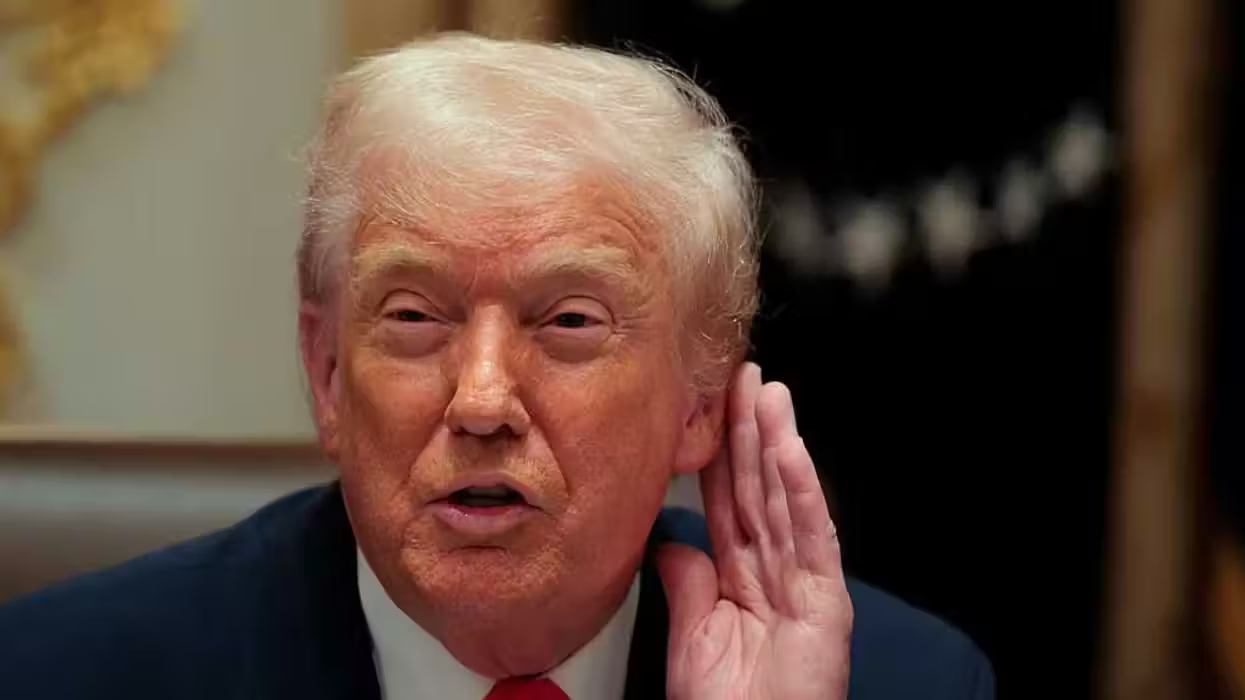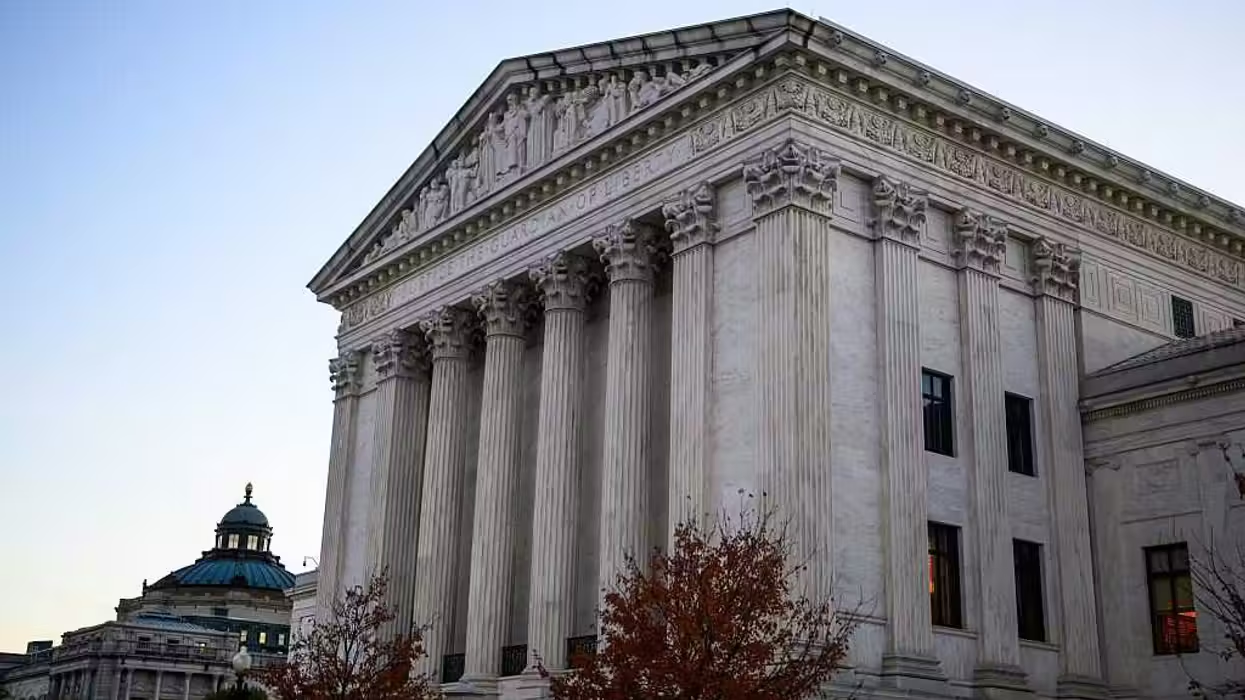
© 2026 Blaze Media LLC. All rights reserved.
"The Life and Morals of Jesus of Nazareth."
By literally cutting and pasting biblical passages demonstrating the life and lessons of Jesus Christ from several Bibles, Thomas Jefferson put together a book that he titled "The Life and Morals of Jesus of Nazareth" during his retirement in 1820. The former president's finished product would become known to historians as the Jefferson Bible.

Nearly 200 years later, conservationists at the National Museum of American History are working to carefully preserve the 86-page book and preparing to put it on display in November.
Over time, the book's brittle paper has become less flexible and prone to easy tears. But paper conservator Janice Stagnitto Ellis told CNN the real problem lies in the book's binding.

"Without doing modifications to the binding, we could open the book [to] about a 30-degree angle before the paper would be required to bend, which it couldn't do," she said. "It became un-exhibitable."
The Smithsonian's goal is to display the book propped opened to a 90-degree angle to allow museum visitors to glimpse Jefferson's handy work, which includes passages from the Gospels of Matthew, Mark, Luke and John in English, French, Latin and Greek -- all pasted side by side so Jefferson could compare the various translations of Christ's work.
"The Jefferson Bible is important today because of the unique insight it provides into the religious beliefs of the author of our Declaration of Independence, and the way in which it vividly reflects Jefferson’s own understanding of the First Amendment to the Constitution as it guarantees 'freedom of religion,'" the museum's website states. "At the very least, it is an artifact that resulted from the extraordinary mind of one of the nation’s most important founding fathers and Enlightenment thinkers."

To construct the Jefferson Bible, the nation's third president used six different "source" Bibles -- two in English, two in French and two that included both Greek and Latin. With an extra copy of each, Jefferson could use the front and back of pages without worrying about missing what's on the pages' reverse side.
Jefferson also used his cut + paste method to alter some biblical grammar.
On one page, he apparently didn't like the number of prepositions in a verse from Matthew that started, "For as in the days that were before the flood ..." He cut out the word "as," changing the scripture to "For in the days that were before the flood ..."
The Smithsonian originally acquired the Jefferson Bible from his great-granddaughter in 1895 for $400. Starting in 1904, copies of the book were distributed to all newly elected members of Congress. The practice ended during the 1950s.
Also part of the Smithsonian display will be digitally scanned images of the book's pages.
Want to leave a tip?
We answer to you. Help keep our content free of advertisers and big tech censorship by leaving a tip today.
Want to join the conversation?
Already a subscriber?
more stories
Sign up for the Blaze newsletter
By signing up, you agree to our Privacy Policy and Terms of Use, and agree to receive content that may sometimes include advertisements. You may opt out at any time.
Related Content
© 2026 Blaze Media LLC. All rights reserved.
Get the stories that matter most delivered directly to your inbox.
By signing up, you agree to our Privacy Policy and Terms of Use, and agree to receive content that may sometimes include advertisements. You may opt out at any time.






